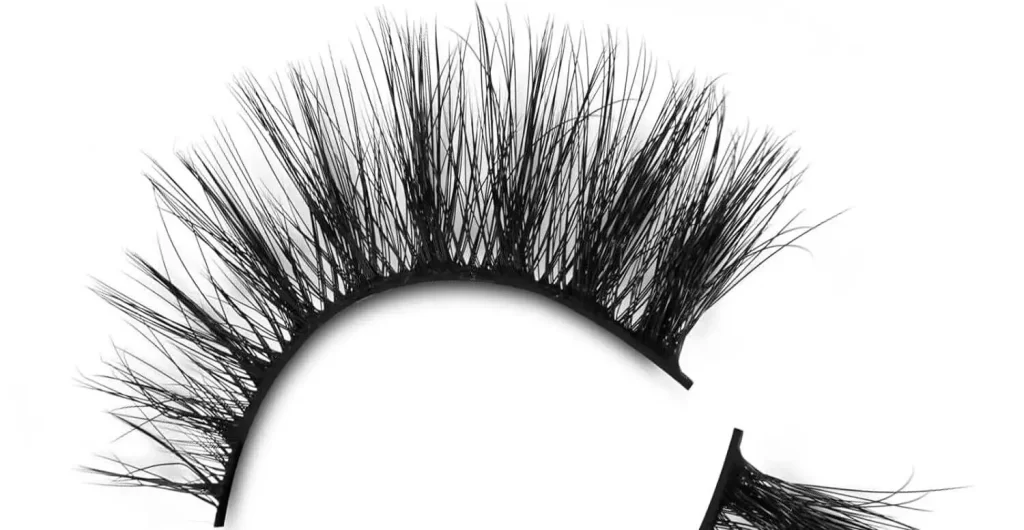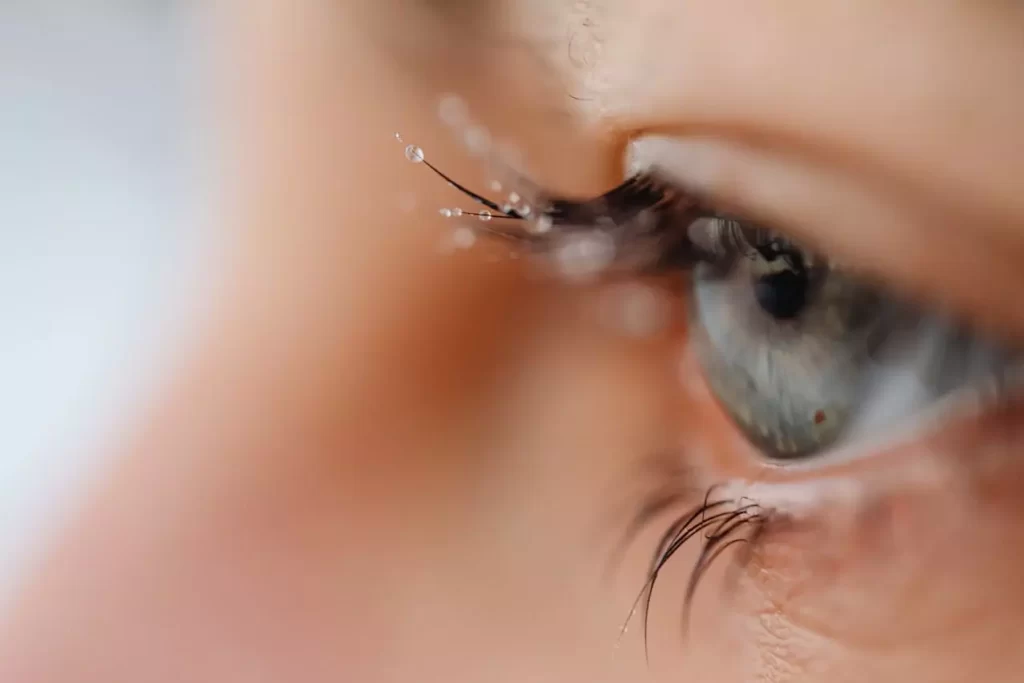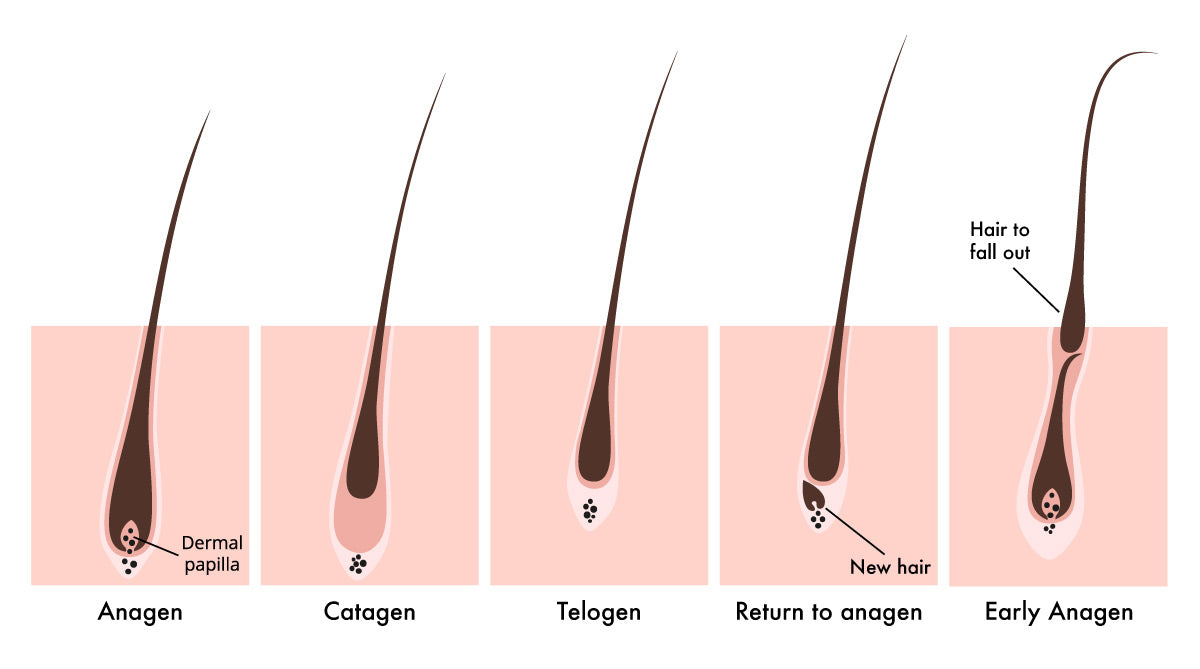Understanding Lash Extension Lifespan
Understanding the lifespan of lash extensions is crucial in managing your expectations and maintaining their longevity. On average, lash extensions can last between two to six weeks. However, several factors can affect their lifespan.

One factor is the type of lash extensions you choose. Synthetic lashes tend to have a shorter lifespan compared to mink or silk lashes. Additionally, the length and thickness of the extensions can also impact how long they last. Longer and thicker extensions may require more maintenance and have a shorter lifespan.
Your natural lash growth cycle also plays a role in how long your lash extensions will last. Each individual lash goes through a growth cycle that includes a growth phase, a resting phase, and a shedding phase. As your natural lashes shed, so do the lash extensions attached to them. This means that lash extensions will naturally fall out over time, and new extensions will need to be applied to maintain fullness.
Another factor to consider is the quality of the lash extensions. Higher quality lashes are typically made with better materials and have better craftsmanship, resulting in a longer lifespan. Investing in high-quality lashes can save you time and money in the long run.
Understanding these factors will help you make informed decisions and take the necessary steps to maximize the lifespan of your lash extensions.
Quality of Lash Extensions
The quality of lash extensions is an important factor in determining how long they will last. High-quality lash extensions are made from premium materials that are lightweight, flexible, and durable. They are also designed to mimic the natural look and feel of real lashes.
When choosing lash extensions, opt for reputable brands and suppliers that prioritize quality. Cheaper lash extensions may be made from inferior materials that can cause irritation, discomfort, and premature shedding. Investing in high-quality lashes will ensure that your extensions last longer and maintain their appearance.
Additionally, proper storage and handling of lash extensions can also affect their quality and lifespan. Store your lash extensions in a cool, dry place away from direct sunlight or humidity. Avoid touching the adhesive or lash fibers with your fingers to prevent contamination. Following these guidelines will help preserve the quality of your lash extensions and extend their lifespan.
Application Technique

The application technique used by your lash technician can greatly impact the longevity of your lash extensions. A skilled and experienced technician will ensure that the extensions are applied correctly and securely, minimizing the risk of premature shedding or damage.
During the application process, each lash extension should be individually bonded to a single natural lash, using a safe and high-quality adhesive. Proper isolation of the natural lashes is essential to prevent clumping or sticking together, which can lead to discomfort and premature fallout.
Choosing a reputable lash technician who has received proper training and certification is crucial. They will have the knowledge and expertise to apply lash extensions effectively, ensuring a longer lifespan and a natural-looking result.
Aftercare Practices
Proper aftercare is essential for maintaining the longevity of your lash extensions. Following these practices will help prevent damage, premature shedding, and ensure that your extensions stay in good condition for as long as possible.

Firstly, avoid getting your lash extensions wet for the first 24 to 48 hours after application. This allows the adhesive to fully cure and bond with your natural lashes. Water, steam, or excessive moisture can weaken the adhesive and cause the extensions to come off prematurely.
Additionally, avoid rubbing or pulling on your lash extensions. Be gentle when cleansing your face and avoid using oil-based cleansers or makeup removers near your lashes, as they can break down the adhesive.
Brush your lash extensions daily using a clean spoolie brush to keep them neat and prevent tangling. Avoid using mascara or other lash-enhancing products, as they can weigh down the extensions and cause damage.
Finally, avoid excessive heat and direct sunlight, as they can cause the adhesive to weaken or the extensions to become brittle. Protect your lashes when using heated styling tools or being exposed to intense sunlight.
By following these aftercare practices, you can significantly extend the lifespan of your lash extensions and enjoy beautiful, long-lasting results.
Natural Lash Growth Cycle
Understanding the natural lash growth cycle is important in managing your lash extensions’ lifespan. Each individual lash goes through a growth cycle consisting of three phases: the anagen (growth) phase, the catagen (resting) phase, and the telogen (shedding) phase.

Image Credit: Eesome Beaute
During the Anagen phase, lashes are actively growing, and new lashes are produced. The Catagen phase is a transitional phase where lashes stop growing. Finally, during the Telogen phase, lashes naturally shed and make way for new lashes.
Since lash extensions are attached to your natural lashes, they will also follow this growth cycle. As your natural lashes shed during the Telogen phase, the attached lash extensions will fall out as well. This is a natural process and does not indicate any issues with the extensions or their application.
To maintain the fullness of your lash extensions, it is recommended to schedule regular touch-up appointments. A lash technician can assess the condition of your lashes and add new extensions to replace any that have naturally shed. This will help you maintain a consistent and beautiful lash look.
As a dedicated beauty enthusiast , I’m thrilled to share my expertise in the realm of eyelash extensions, serums, curler, and glues.


